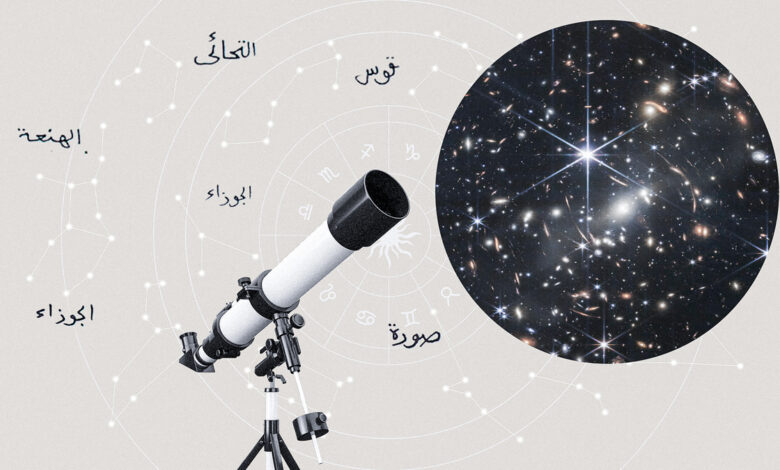
Byline: ABDUL WAHAB
Time and Space:
- INTRODUCTION The concepts of time and space are not universal, but in fact vary widely by culture. In this lesson, we’ll explore a few different ways to conceptualize these ideas and discuss how those related to the cultures that created them.According to Einstein’s theory there is no such thing as “simultaneity” at two different points of space, hence no absolute time as in the Newtonian universe. The Minkowski universe, like its predecessor, contains a distinct class of inertial reference frames, but now spatial dimensions, mass, and velocities are all relative to the inertial frame of the observer, following specific laws first formulated by H.A. Lorentz, and later forming the central rules of Einstein’s theory and its Minkowski interpretation. Only the speed of light is the same in all inertial frames. Every set of coordinates, or particular space-time event, in such a universe is described as a “here-now” or a world point. In every inertial reference frame, all physical laws remain unchanged.
- Understanding Time
Definition and Measurement
Time is commonly understood as a continuous progression from the past, through the present, and into the future. It is measured in units such as seconds, minutes, and hours. Various cultures have developed different calendars and clocks, reflecting their unique perspectives on time.
- Philosophical Perspectives
Philosophers have long debated the nature of time. Is it linear, cyclical, or an illusion? Figures like Immanuel Kant proposed that time is a mental construct, a framework through which we perceive events. Others, like Henri Bergson, emphasized the qualitative aspect of time, focusing on lived experience rather than mere measurement.
- Understanding Space
Definition and Dimensions
Space refers to the vast, seemingly infinite expanse in which all objects exist and events occur. It is characterized by dimensions—length, width, and height—and can be perceived through the positions and movements of objects.
The Nature of Space in Physics
In physics, space is often treated as a three-dimensional continuum. The advent of Einstein’s theory of relativity revolutionized this understanding by introducing the concept of spacetime, merging space and time into a single four-dimensional framework.
- Time in Islam
Divine Time vs. Human Time
Islamic teachings recognize the distinction between divine time (Qadr) and human time. While humans measure time in days and years, Allah exists beyond these limitations. The Quran states, “Indeed, a day with your Lord is like a thousand years of those which you count” (Quran 22:47). This verse highlights the transcendent nature of divine time, suggesting that human measurements are inadequate to fully grasp Allah’s eternal nature.
- The Importance of Time in Worship
Time is a crucial aspect of Islamic practice. The five daily prayers (Salah) are performed at specific times, emphasizing the need for discipline and mindfulness. The Islamic calendar, which is lunar-based, also plays a significant role in determining important religious observances, such as Ramadan and Hajj. These practices reinforce the belief that time is a gift from Allah and should be utilized in a manner that honors Him.
- Time and Accountability
In Islam, the concept of time is tied to accountability and the Day of Judgment (Yawm al-Qiyamah). Muslims believe that every individual will be held accountable for their actions during their lifetime. This notion instills a sense of urgency to make the most of one’s time and to engage in righteous deeds.
- Space in Islam
Creation and the Cosmos
Islamic cosmology emphasizes that the universe is a creation of Allah, reflecting His power and majesty. The Quran invites contemplation of the heavens and the earth, stating, “Indeed, in the creation of the heavens and the earth and the alternation of the night and the day are signs for those of understanding” (Quran 3:190). This perspective encourages believers to reflect on the vastness of space as a manifestation of divine wisdom.
- The Significance of Sacred Spaces
Certain spaces hold special significance in Islam. The Kaaba in Mecca, for example, is considered the holiest site, drawing millions of pilgrims each year. The concept of Masjid (mosque) as a place for communal worship further emphasizes the importance of physical space in fostering community and spirituality.
- The Interrelation of Time and Space in Islamic Thought
Spacetime in Islamic Cosmology
While traditional Islamic thought does not explicitly discuss spacetime in the scientific sense, the Quranic narrative suggests an interconnectedness of time and space. The concept of the universe being created in a specific order and time implies that events occur within a divine framework established by Allah. This idea resonates with modern physics, where time and space are seen as interconnected dimensions.
- The Eternal Nature of Allah
In contrast to the transient nature of human experience, Allah is viewed as eternal and unchanging. This theological viewpoint underscores that while time and space may govern the material world, they do not constrain the divine. The concept of Allah’s timelessness is central to understanding the relationship between the Creator and the universe.
- Conclusion
In summary, the Islamic perspective on time and space is rich and multifaceted, blending theological, philosophical, and cosmological insights. Time is viewed as a divine gift that carries moral implications, while space is recognized as a creation that invites reflection on Allah’s greatness. Together, these concepts underscore the importance of being mindful of one’s actions and the transient nature of life, reinforcing the belief that both time and space are integral to the journey of faith and existence.




